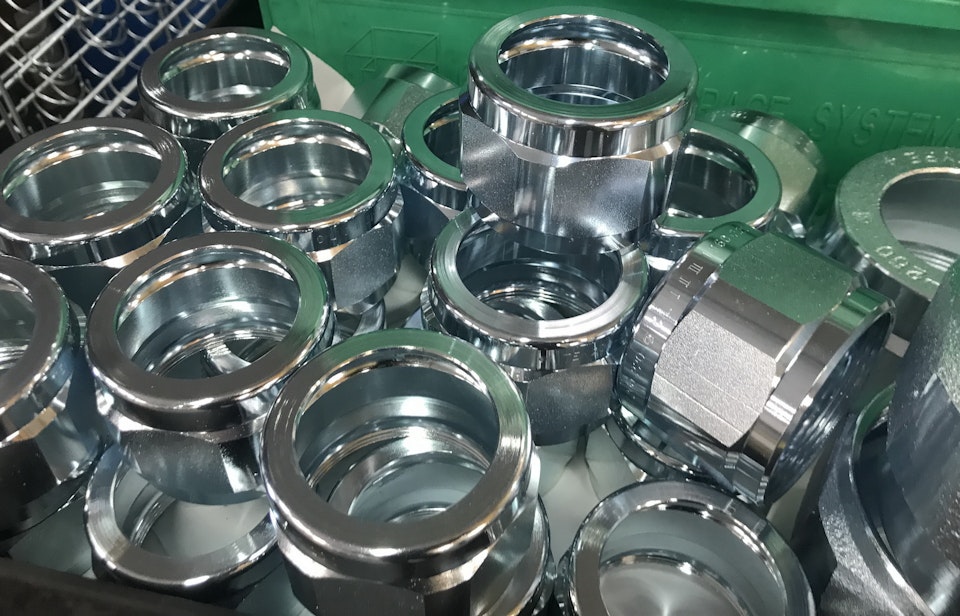Zinc Plating
ASTM B633
Zinc plating is the process of coating a conductive substance with a layer of zinc. The process is mainly used for iron and steel, and as a rust protection method. Zinc plating involves the electrodeposition of a thin coating of zinc metal onto the surface of another base metallic/metal object.
This process prevents rust from reaching the underlying metal surface. It can be clear (trivalent), yellow, black or olive (hexavalent). The zinc plating thickness can vary from 0.0001” to 0.001” or according to customer request.

